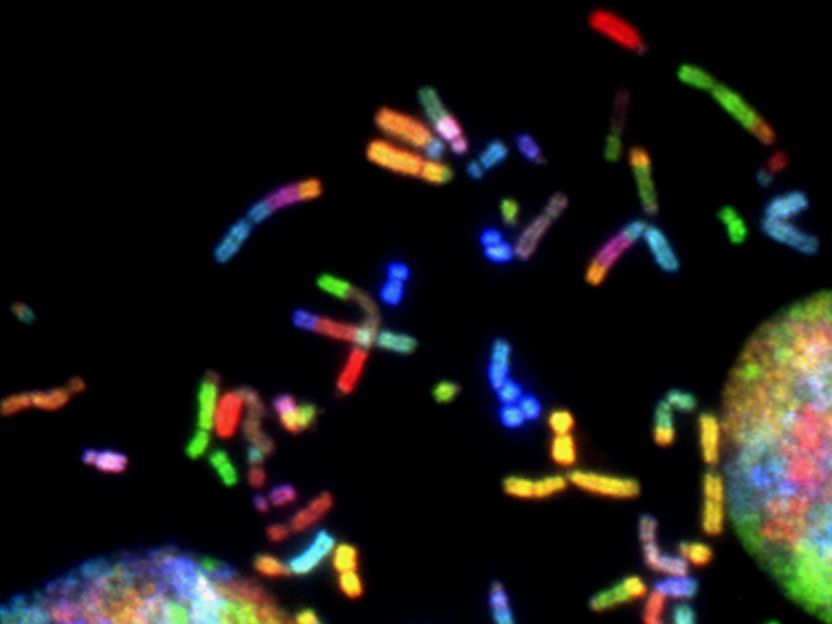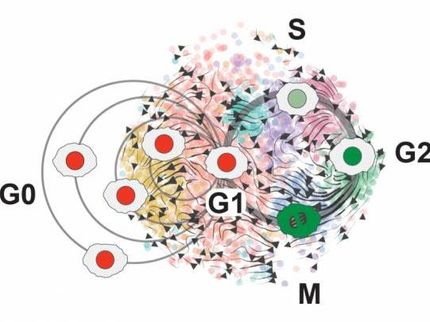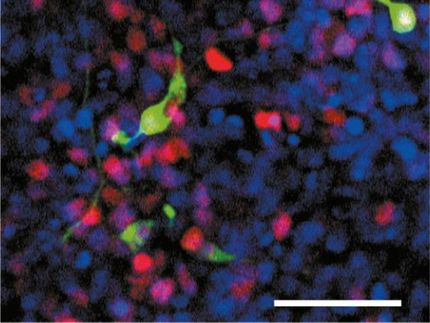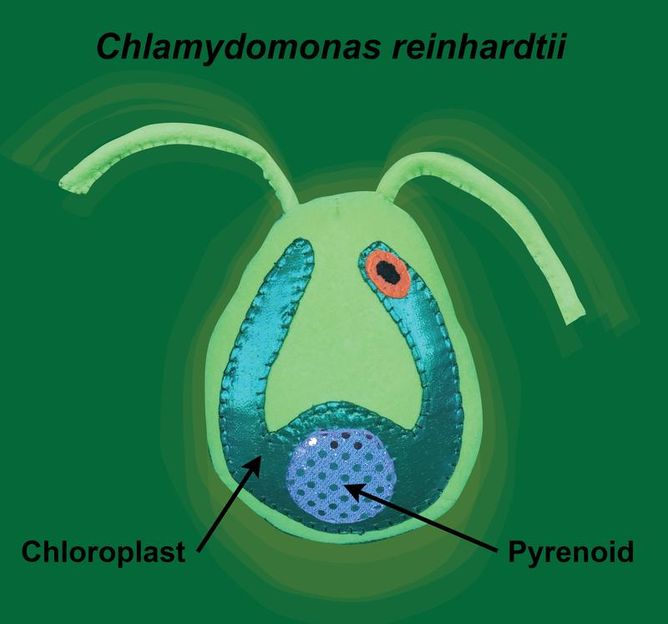New start-up Trince raises EUR 4 million for innovative technology to produce personalized cancer therapies safer, cheaper, and faster
Trince, a spin-off of Ghent University (UGent), is developing innovative and efficient technology to insert genetic material into cells. This genetic modification of cells is essential in, for example, cell therapy – an anti-cancer treatment that has become an integral part of modern medicine. Trince has raised EUR 4 million from Novalis Biotech Acceleration, Qbic II, and private investors. Within five years, the company wants to grow to 35 to 40 employees and use its technology to improve the quality of cell therapies and make them more affordable.

Photo by National Cancer Institute on Unsplash
Today, five cell therapies have already been approved to fight blood cancer. Cell therapy uses the patient's own immune system to fight disease: cells from the patient are first isolated and genetically modified, so that they are better able to kill cancer cells; the genetically modified cells are then re-administered to the patient in large numbers to combat the cancer. The number of cell therapy treatments are expected to sharply increase in the future and diversify to address different cancer types.
Trince developing a safer and more affordable technology for cell modification
Current methods use viral vectors to introduce genetic material into the cells during cell therapy. However, the production of viral vectors is complex and costly, and their use is not without risk to the patient. In response, Trince has developed an alternative method of cell transfection that could help to improve the speed and safety of the procedure, while also decreasing the cost of the overall treatment.
Kevin Braeckmans, Chief Scientific Officer and co-founder of Trince: “Trince’s technology combines nanotechnology and laser irradiation which, in a gentle but efficient way, temporarily opens up the cells. We create miniscule holes in the outer cell membrane through which the genetic material can be taken up, in order to make the desired changes in the cell. Importantly, our technology is gentle to the cells to ensure that they retain optimal quality and therapeutic efficacy."
This groundbreaking technology is the result of a decade of research by the team of Kevin Braeckmans and Stefaan De Smedt, professors at the Faculty of Pharmaceutical Sciences of UGent. The intellectual property will be transferred to Trince, and the spin-off will also receive a license on the results of joint research conducted by the University of Lille (CNRS, France) and UGent.
Philip Mathuis, CEO of Trince and serial entrepreneur: "With the recent capital increase, we are raising 4 million euro from: Novalis Biotech Acceleration, a Flemish innovation fund specialized in early investments in biotech and life sciences start-ups; Qbic II, the Belgian interuniversity venture capital fund; and a group of experienced private investors. We are ready to take off and the ambitions are big: we want to grow to 35-40 employees within five years, but above all we want to improve the quality of cell therapies and make them more affordable for reimbursement systems and patients.”
Jan Van den Berghe, co-founder and Managing Director of the lead investor Novalis Biotech Acceleration fund: “Trince combines the key success factors of a spin-off with global ambitions: outstanding science; an experienced management team; significant and global market needs; and a solid financial consortium. Together with our co-investors, we aim to give Trince the initial momentum it deserves. We are confident that our combined network, experience, and complementary skills will help the company build a strong position in the global transfection technologies market.”
To begin with, Trince will focus on the development of two products. For research applications, the spin-off has created a laser-based device which, in combination with proprietary nanoparticles, allows to load cells with the desired molecules. In addition, there is a modified technology in which direct contact of the cells with the nanoparticles is avoided by encapsulating them in a fiber structure. This allows the technology to be safely and easily translated for use in the production of genetically modified therapeutic cells.
























































